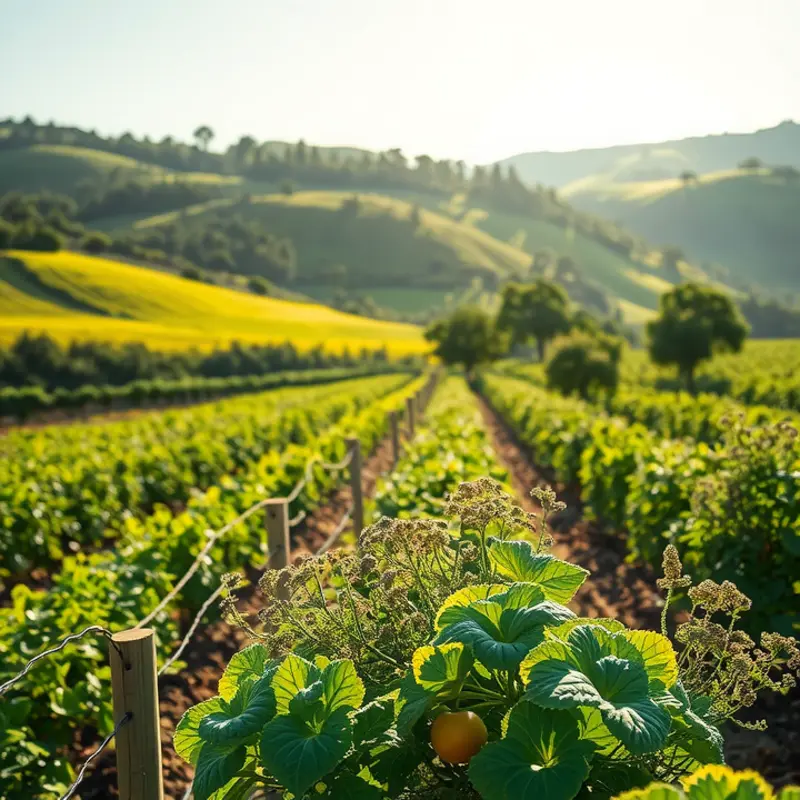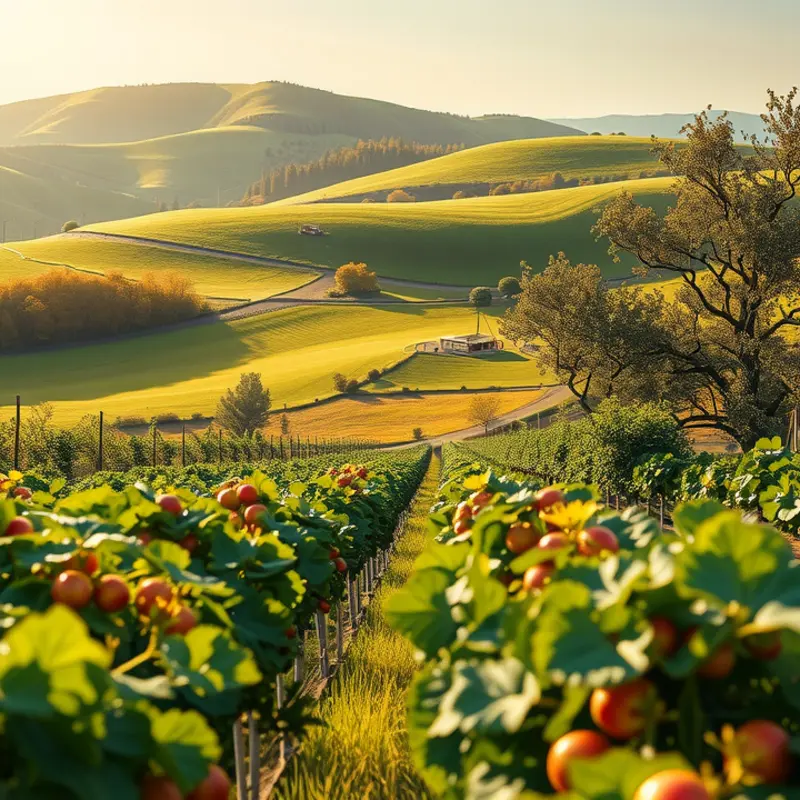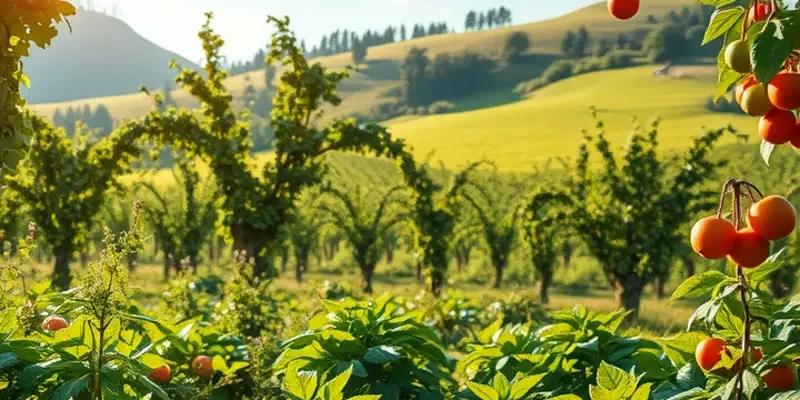As the world turns increasingly toward sustainability, the quest for ethical dairy alternatives has gained significant momentum. From milk to cheese, alternatives derived from plants have emerged, offering not just nutrition but a way to lessen environmental impact. With options like almond, oat, and coconut milk becoming household staples, it’s essential to explore these choices’ benefits and how they align with eco-friendly living. This guide will delve into the advantages of ethical dairy alternatives, empowering environmentally-conscious individuals in their food choices.
The Environmental Impact of Conventional Dairy Production

Conventional dairy production significantly impacts the environment in numerous ways. One of the primary concerns is the substantial carbon footprint associated with dairy farms. Dairy cows produce large quantities of methane, a potent greenhouse gas. Methane emissions occur mainly through enteric fermentation during digestion and are a significant contributor to global warming.
The carbon footprint extends beyond methane. The production process involves numerous stages, each contributing emissions. From the cultivation of feed crops using fossil fuel-powered machinery to the transport of milk products, energy consumption is high. This energy often relies on non-renewable fossil fuels, further enlarging the carbon footprint.
Water usage in traditional dairy farming is another critical environmental concern. Dairy production is water-intensive, with massive quantities used for irrigation of feed crops and hydration of the cows themselves. According to estimates, it takes over 1,000 gallons of water to produce a single gallon of milk, placing severe stress on freshwater resources.
Land use for dairy farming is extensive. A significant portion of Earth’s agricultural land is dedicated to growing feed for dairy animals. This demand for land often leads to deforestation and habitat destruction, negating vital carbon sinks and disrupting local ecosystems. Furthermore, the conversion of natural landscapes into pastoral and agricultural land accelerates soil degradation and reduces biodiversity.
Conventional farming practices, such as monocropping for cow feed, exacerbate these ecological issues. Monoculture reduces soil fertility and increases the need for synthetic fertilizers and pesticides, which can leach into water bodies, causing pollution and harming aquatic life. This over-reliance on chemical inputs further undermines sustainable agricultural practices.
Animal waste management presents another environmental challenge. The by-products of dairy cattle create significant amounts of waste, which, if improperly managed, can contribute to pollution. Runoff from manure can contaminate local waterways, resulting in eutrophication and dead zones in aquatic systems.
These environmental impacts underscore the urgent need for more sustainable dairy alternatives. By re-evaluating our consumption patterns, we can help reduce greenhouse emissions and conserve water resources. The exploration of plant-based diets, like incorporating more salads and greens, can be a viable step toward sustainability. A delicious recipe example, such as a Mediterranean chickpea salad, offers a simple yet effective means of reducing dairy reliance.
The environmental burden of traditional dairy farming is clear. To future-proof our planet, embracing less environmentally taxing alternatives is essential. Understanding the depth of these issues can guide us toward more ethical and sustainable consumption patterns, ensuring a brighter and greener future for generations to come.
Diverse Dairy Alternatives: A Guide to Plant-Based Options

As consumer consciousness about sustainability grows, plant-based dairy alternatives have become a staple in many diets. These alternatives offer a variety of choices, each with unique nutritional profiles and environmental impacts.
Almond Milk
Almond milk, created by blending almonds and water, is a popular choice. It is low in calories and typically fortified with vitamins D, E, and calcium. Almond milk is ideal for smoothies or coffee, where a light, nutty flavor complements the beverage. However, its water-intensive production requires careful consideration regarding its environmental footprint.
Oat Milk
Oat milk, made from soaking oats in water, is lauded for its creamy consistency, making it a versatile choice for cooking and baking. This dairy alternative is notably rich in fiber and beta-glucans, aiding heart health. Additionally, oats have a lower environmental impact compared to almonds, mainly due to their lower water requirement.
Soy Milk
Soy milk is one of the oldest plant-based alternatives, derived from whole soybeans. It boasts a high protein content, comparable to cow’s milk, making it an excellent choice for those seeking to maintain protein intake. Moreover, its neutral flavor allows it to be used broadly in both sweet and savory dishes.
Coconut Milk
Extracted from coconut flesh, coconut milk has a rich, creamy texture, perfect for curries and desserts. While it contains healthy natural fats, it lacks protein compared to other alternatives. Coconut farming is generally low-impact, but transportation contributes to its carbon footprint due to the tropical locations of coconut farms.
Hemp Milk
Hemp milk offers a complete package of essential fatty acids, perfect for those seeking omega-3 and omega-6. It includes a moderate amount of protein and is suitable for cereals and baking. Hemp is resilient and requires fewer pesticides and fertilizers, making it a more sustainable crop.
Each of these dairy alternatives serves different purposes and dietary needs. To make an informed choice, assess your nutritional priorities and environmental values. Consider lactose intolerance, nut allergies, and nutrient needs, such as calcium and protein intake, when selecting a milk alternative.
For environmentally conscious choices, prioritize locally sourced products, which reduce transportation-related emissions, and opt for brands committed to sustainable agriculture practices.
To explore recipes that incorporate these plant-based options, consider trying something like Creamy Garlic Butter Chicken: Comfort Food Redefined. This dish can easily be adapted by substituting traditional dairy with your preferred plant-based milk, offering a creamy and flavorful experience.
Finding the right dairy alternative requires understanding both personal dietary needs and larger environmental impacts. With a range of options available, balancing taste, health, and sustainability is more accessible than ever.
Final words
Making the switch to ethical dairy alternatives benefits both the environment and personal health. With a myriad of options available, individuals can choose those that align best with their lifestyle while reducing their carbon footprint. By embracing plant-based alternatives, we not only enjoy delicious tastes but also contribute to a more sustainable food system. Each step taken towards replacing conventional dairy with ethical choices leads to a significant positive impact on the planet. Remember, even small actions can result in substantial change.








